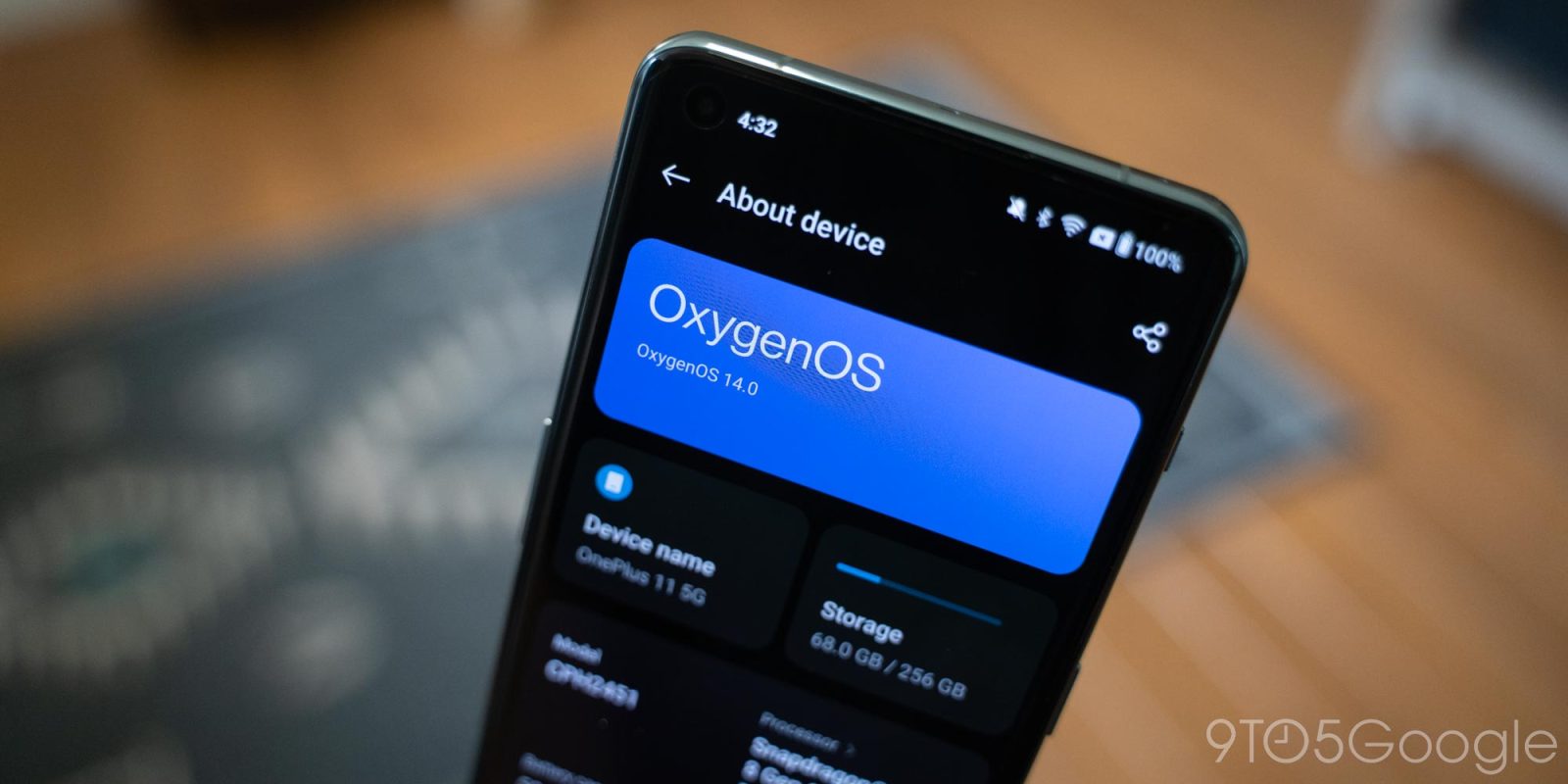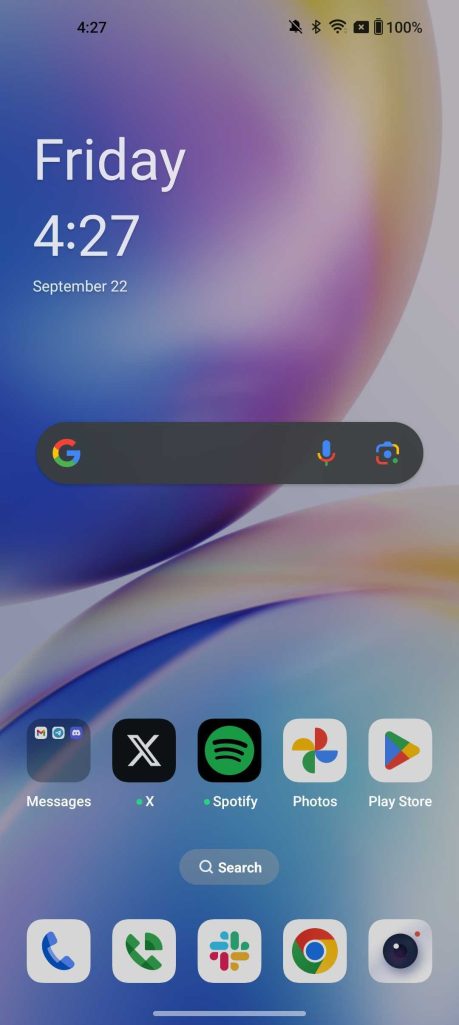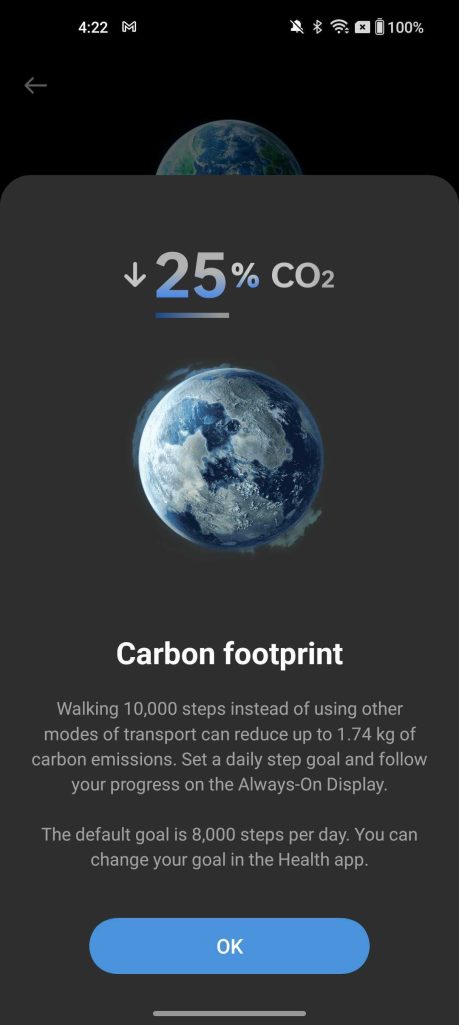
While we don’t yet know when Android 14 will actually debut, OnePlus has today revealed its take on the update in OxygenOS 14.
Following the Oppo-fication of OnePlus over the past couple of years, it probably comes as no surprise that OxygenOS 14 is still effectively still ColorOS with a few tweaks. The update is built on top of the still-unreleased Android 14, and debuts a new system that OnePlus is calling the “Trinity Engine.”
And that Trinity Engine is what OnePlus is really resting this whole update on.
OnePlus explains the Trinity Engine as an “advanced proprietary platform that intelligently unlocks
the full potential of smartphone hardware” through three pillars – CPU, ROM, and RAM.

“CPU Vitalization” is described by OnePlus as ” an industry-leading system-level computing power
scheduling technology” which tries to determine the best balance between performance and power consumption. The brand claims that this will result in 20 minutes of additional battery life without any performance compromises.
“ROM Vitalization” is next, and aims to fix long-term performance degradation for 48 months through “using efficient compression algorithms, file defragmentation, memory acceleration and other techniques.” OnePlus claims that new smartphones using the tech can save up to 20GB of storage through “application compression and file deduplication.”
Finally, “RAM Vitalization” is designed to improve memory performance. OnePlus explains:
By reconstructing Android’s underlying memory mechanism and using a series of proprietary technologies like I/O Aggregation Technology, App Pre-loading, Memory Zero-waiting, Asynchronous Memory Technology, and Instant Bandwidth Technology, we have amped up application start-up speeds so you’re never left waiting around.
OnePlus says that these methods will result in “smooth and instantaneous” switching between apps, with a “10% improvement in smoothness” overall and, somewhere, there’s something called “big RAM” being used.
Outside of the Trinity Engine, OxygenOS 14 also brings “HyperTouch,” which will help users to “swipe and type more accurately” by using “proprietary touch algorithms that optimize the underlying touch control logic from end-to-end and protect you from mis-touches in all scenarios.”
“HyperBoost” meanwhile, aims at improving games and the GPU using “Graphic Heterogeneity, Adaptive Performance Mode, and GPA Extreme Frame Stability,” to help improve power consumption, and somehow, heat dissipation. “HyperRendering” then claims to “breaks the limitations of the native frame rate of games and the hardware of mobile devices” by using “low-power game super-resolution and intelligent real-time super-definition.”
As a quick reminder, Apple just released iPhones that can literally run full console games.
If you hadn’t noticed by now, the Trinity Engine and accompanying upgrades are full of a lot of buzzwords. They’re, no doubt, trying to simplify some genuine improvements that Oppo & OnePlus have spent a lot of time and effort building out, but it really feels like a lot of nonsense when you read it all out. OnePlus also notes in a footnote to press that “all numbers are theoretical” when it comes to the stats mentioned.
But, buzzwords aren’t the only things new here.
OxygenOS 14 will also bring several feature and app updates. That includes the “File Dock” which can hold text, images, videos, and links to consolidate them into notes or improve content sharing. It’s easier to show than it is to explain, but it does seem useful.

Further, the Notes app has been thoroughly redesigned with added features, fonts, and more, as well as better categorization. “Smart Cutout” allows OxygenOS to extract subjects from a photo, much like Samsung offers, and “Clone Phone” is getting more advanced, with the ability to move data including Wallet cards as well as network and account settings, and OnePlus will be adopting Google’s updated Security & Privacy Center. “Auto Pixelate” will be able to blur sensitive information such as IDs in photos (Samsung offers this too), and “Fluid Cloud” will offer a new look for incoming notifications across phones and tablets.
There are also new ringtones and updates to OnePlus’ “Aquamorphic Design.” There’s also a “GoGreen AOD” that tries to show how the steps you take during the day impact your carbon footprint, which seems like an absurd thing to try to tie together, but whatever.
The homescreen also gets some minor tweaks, like a new “Search” button above the main dock, and there are some more options for Material You themeing, too.



OnePlus hasn’t yet confirmed when OxygenOS 14 will be available – probably because Google hasn’t confirmed when Android 14 will launch – or any devices that will be supported. The OnePlus 11, 10 Pro, 10T, and other recently launched devices will surely be supported in time, though. It also seems reasonable that the OnePlus 12, and maybe even the imminent OnePlus Open, might run on OxygenOS 14 at launch.
More on OnePlus:
- OnePlus starts teasing upcoming ‘OnePlus Pad Go’ tablet, ‘coming soon’
- OnePlus Open, the delayed foldable, gets an alleged October launch date
- OnePlus 12 might have a less ugly camera module, updated renders suggest
FTC: We use income earning auto affiliate links. More.



Comments